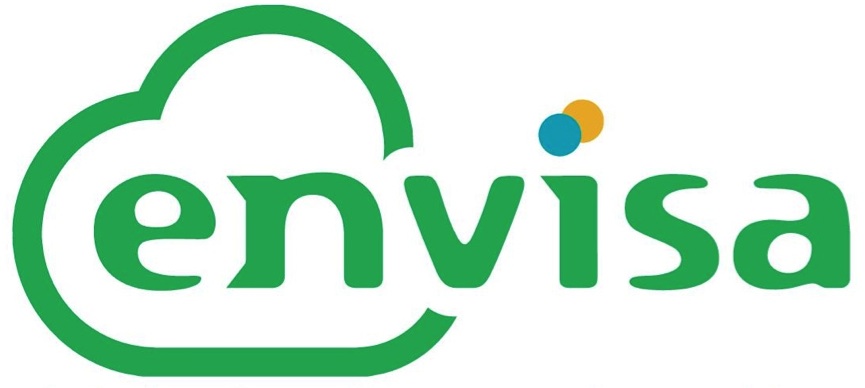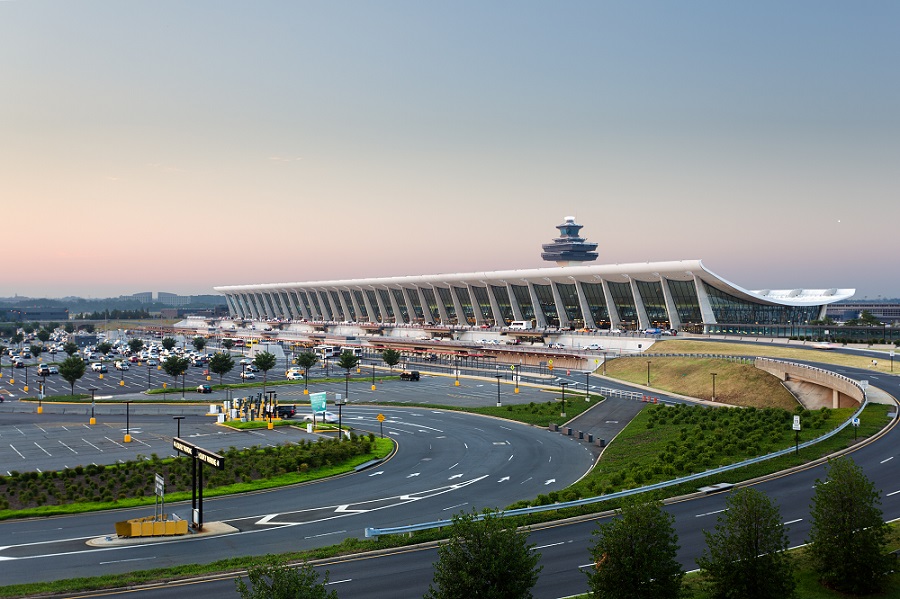ENVISA - Air Pollution And Air Quality: Airports Have A Major Role To Play!
| Company | Envisa |
|---|---|
| Date | 14.06.2016 |
Faced with growing concerns of civil society related to environmental issues, what strategy the aviation sector and in particular airports must adopt to effectively address issues related to air quality?
According to the latest survey of the General Commission for Sustainable Development on environmental opinions and practices of French in the year 2015, concerns related to environmental issues are identical to those observed in the previous year: The French have expressed significant concern to regard to air pollution, both global and local levels.
Meanwhile, according to the latest European Aviation Environment Report of the European Aviation Safety Agency (EASA) issued in January, the number of flights increased by 80% between 1990 and 2014 and is expected to increase 45% between 2014 and 2035.
In the absence of continuous efforts by 2035, the major European airports will face considerable environmental consequences due to the increase in air traffic. Indeed, the airport areas concentrate many emitting activities of air pollutants not only by air traffic (including landing, taking off or taxiing aircraft), but also road traffic, the various machines and vehicles runway, power generation facilities and other sources yet.
European airports are required to comply with legal and regulatory requirements for environmental protection as advocated by Directive 2008/50 / EC of the European Parliament and of the Council of 21 May 2008 concerning the quality of ambient air cleaner air for Europe.
In France , airports will have not only to comply with existing regulations that impose monitoring the air quality…
The Environmental Code (particularly in Article L. 221-1 to L. 221-6 ) provides an air quality monitoring throughout the national territory and public information.
Alongside the various methods and instruments used to monitor air quality at airports , modeling allows for the mapping and simulate different scenarios. Thus, the air quality models are used to quantify the relative contribution of each source of pollution ( or other airports such as road transport).
… But also reduce their greenhouse gas emissions and pollutants by 10 % by 2020
In France, Law No. 2015-992 of 17 August 2015 on the energy transition to green growth has main purpose to reduce greenhouse gas (GHG) emissions as well as air pollution . Article 45 requires for the aerospace industry a decrease in the intensity of greenhouse gas emissions and air pollutants – the airports controlled by ACNUSA – at least 10% for 2020 and 20% in 2025 ( compared to 2010 ).
It is in this context that on 10 May, Ségolène Royal, Minister of Environment Energy and Marine has announced the publication of a decree allowing airports to establish action programs “to reduce gas emissions greenhouse and air pollutants resulting from direct operations and ground of the airport platform.”
The importance of a strategy designed and implemented by experts in environment and aviation
Envisa, a consultancy and specialized studies on environmental issues exclusively related to the aerospace industry, offers industry stakeholders ( such as airports , airlines and other companies), services enabling them to meet new regulations imposed by the European and national institutions.
The services offered by ENVISA :
- Validation and audit of emissions established by airports
- Verification of compliance with targets set by the law
- Establishment of a mapping emission sources
- Calculation of key air pollutants for different scenarios ( current , generic and future)
- Calculation of the dispersion of emissions in several scenarios ( current , generic and future)
- Calculating the risk of air pollution in surrounding areas
- Creation of pollution maps and viewing the results in accordance with European legislation


